How to create your own kitchen garden
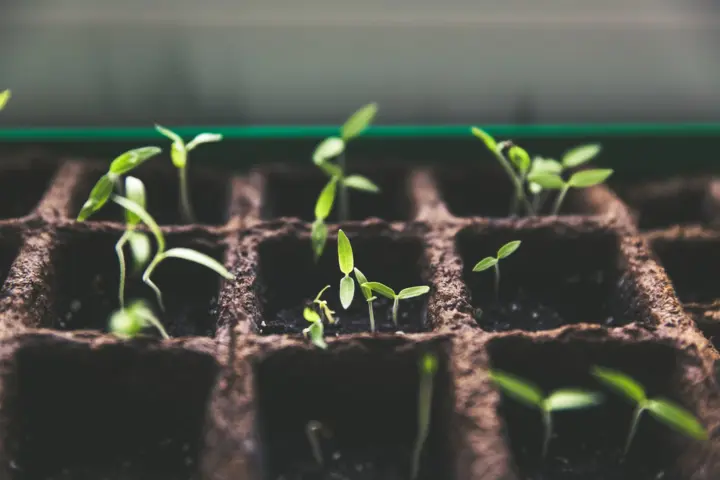
Growing vegetables and herbs in the kitchen garden is an exciting and rewarding experience. Creating your own kitchen garden not only provides you with a fresh and organic source of food, but also contributes to preserving the environment and saving money. Whether you live in a large house or a small apartment, you can take advantage of the multiple benefits of growing plants in your home. In this article, we will discuss how to create your own kitchen garden and take advantage of its benefits.
Show key points
- Growing your own kitchen garden brings the joy of cultivating fresh, organic produce while also supporting environmental sustainability and reducing costs.
- Selecting a sunny, well-drained, and accessible location is critical to ensuring healthy plant growth in your kitchen garden.
- It's important to choose vegetables and herbs based on your climate, culinary preferences, and available space.
- ADVERTISEMENT
- Proper soil preparation and consistent, tailored watering are essential for maintaining healthy plants and achieving a successful harvest.
- Encouraging beneficial insects while managing harmful pests naturally helps maintain a balanced garden ecosystem.
- Utilizing your homegrown produce in daily cooking enhances the flavor and nutritional value of your meals.
- Regardless of your living space size, starting a kitchen garden is a fulfilling way to improve your lifestyle and well-being.
1. Choose the ideal location for the kitchen garden
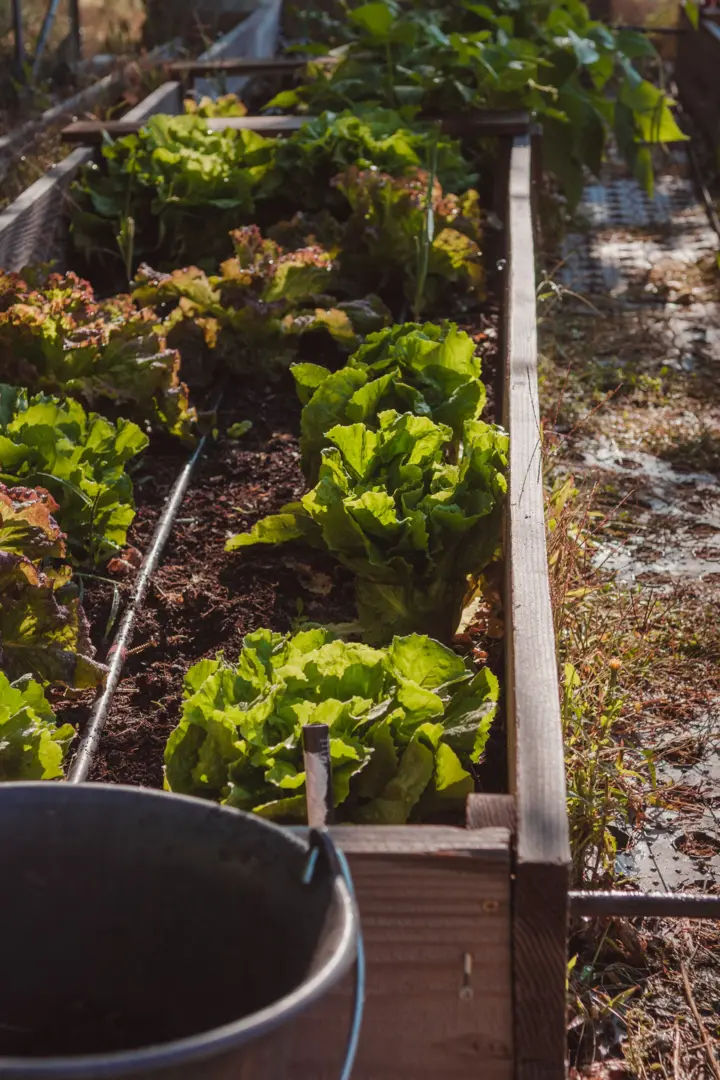
When it comes to creating your own kitchen garden, the first important step is to choose the perfect location. It doesn't matter whether you live in a large house with a spacious garden, or in a small apartment with a narrow balcony, you can take advantage of the available space to achieve this fruitful goal.
Recommend
First, assess the space you own and your needs for vegetables and herbs. Do you have a patio you can use? Would you like to use vertical sinks or containers if living in an apartment?
Next, find the right location that provides the most solar light for plant growth. Make sure the site receives sun for 6 to 8 hours a day. The sun is essential for photosynthesis and plant growth, so make sure the site has enough sunlight.
The site should also be conveniently available for soil and irrigation. Make sure it has good drainage and is easily accessible for watering and plant care purposes.
Choosing the ideal location for your kitchen garden is an important step to ensure successful planting and healthy plant growth. Take the time to plan, research and achieve your dreams of owning a lively garden and fresh food!
2. Choose the right vegetables and herbs for your kitchen garden

Choosing the right vegetables and herbs for your kitchen garden is a crucial step in your journey towards enjoying fresh and organic foods in your home. With a wide range of options available, it can be difficult to make the perfect decision. So, let's take a look at how to choose vegetables and herbs that will suit your kitchen garden and meet your nutritional and kitchen needs.
When choosing vegetables, you must take into account several factors. First, check the climate of your area and see which vegetables thrive in this type of environment. For example, if you live in an area with long cold seasons, vegetables such as radishes, spinach and dickbars may grow well in this type of weather condition.
Secondly, don't forget to take into account your nutritional and culinary needs. If you like to eat salads rich in dark green leaves, it is better to choose spinach or cabbage, and if you are interested in preparing delicious Italian dishes, you may want to grow peas or eggplants.
As for herbs, they add flavor and depth to your culinary dishes. Choosing the right herbs depends on the recipes that you like to prepare. If you are a fan of Italian cuisine, you may want to grow parsley, thyme and peas. If you like Asian flavors, you might want to opt for mint, coriander and dill.
Do not forget to take into account the available space in your kitchen garden and how well you can care for plants. Choose vegetables and herbs that match your requirements and ability to care for them.
Choosing the right vegetables and herbs for your kitchen garden can be challenging, but with good research and planning, you can make it a productive and enjoyable experience. Make the right decision, and enjoy growing and using fresh vegetables and herbs in your daily meals.
3. Take care of the soil and watering to grow your plants healthy

When it comes to growing vegetables and herbs in your kitchen garden, taking care of the soil and watering is crucial to ensure that the plants grow healthy and get fruitful results. It is important to understand that plants rely heavily on the soil for nutrients for their growth, and also on moisture to suit their individual needs. In this section, we will unveil the importance of caring for soil and watering and will give some valuable tips for a thriving kitchen garden.
First, care must be taken to prepare the soil suitable for the growth of plants. The soil should be nutrient-rich and contain the correct proportion of sand, clay and silt to allow water and air to drain properly. You can improve the soil by adding organic matter such as compost or compost decomposed from animals. You can also use phytonutrients available in the market to promote plant health and stimulate growth.
Second, delivering the right amount of water to plants is crucial to the success of the kitchen garden. The volume of watering depends on the individual need of each plant and the soil around it. Watering should be regular and no more than the actual need of the plant. Various irrigation systems such as drip irrigation or sprinkler irrigation can be used to provide optimal water intake and reduce waste.
Do not forget that caring for the soil and watering requires constant monitoring and follow-up. Check the soil regularly to make sure it doesn't have nutrient deficiencies or surges, and adjust the amount of water and timing of irrigation according to the needs of different plants. With good attention to soil and watering, you will enjoy a rich and healthy harvest from your own kitchen garden.
4. Pay attention to beneficial insects and avoid harmful pests
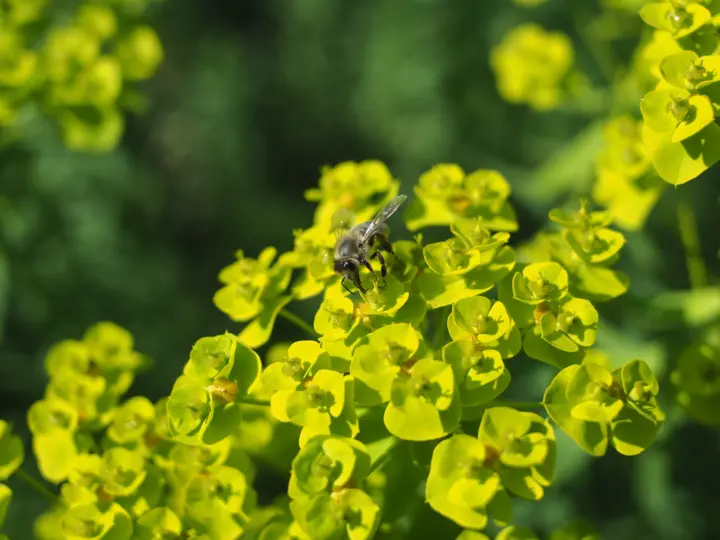
In the world of your kitchen garden, insects are some of the best friends they can have. Yes, beneficial insects play an important role in the growth and health of your plants. Their presence helps in the fight against harmful pests, improves pollination and feeding of plants. However, there may also be some harmful insects that must be handled with caution. Learn how to care for beneficial insects and avoid harmful pests to keep your kitchen garden clean and healthy.
When it comes to beneficial insects, you should consider them as your garden partners. Floral props are considered the best way to attract beneficial insects such as bees, butterflies and caterpillars. Plant flowers that attract these insects at different periods of time to be continuous throughout the year. In addition, ripe fruits and fresh tannins provide a haven for birds and bats that devour insect pests.
However, harmful insects should be monitored and acted decisively to limit the damage they can inflict on your plants. Learn to recognize signs of pests such as stone worms and earthworms. Use natural methods to control these pests, such as aromatic herbs such as mint and parsley that repel larvae insects. You can also use frozen vegetable oil or decoctions such as neem to get rid of harmful pests.
Some common pests such as crawling and flying insects should also be monitored. The use of natural barriers such as companion crops and resistant grasses may be required. Natural traps such as beer traps can also be used to catch crawling insects. It is also recommended to arrange plants in such a way as to enhance ventilation and reduce the spread of pests.
Ultimately, your kitchen garden should be a balanced environment where beneficial insects enjoy shelter and coexist with harmful pests to a limited extent. With the right care techniques and choosing the right plants, you can maintain a healthy insect barn in your kitchen garden. Enjoy the biological balance and insect diversity in your kitchen garden and enjoy its sustainable health and agricultural benefits.
5. Exploiting agricultural crops for delicious and healthy cooking
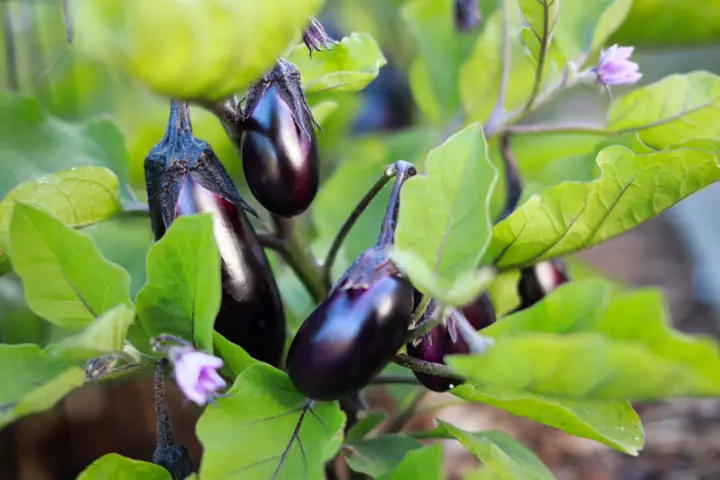
When you grow vegetables and herbs in your kitchen garden, you can enjoy a unique experience of delicious and healthy cooking. Fresh crops grown in your own garden bring irresistible flavor to your food. Regardless of whether you like ripe aromatic herbs or fresh vegetables, you will find many opportunities for delicious and healthy meals.
Start by planting basic herbs such as mint, parsley and cilantro. You can add them to salads, soups or main courses to create an unforgettable flavor. In addition, you can use them to make dried herbs that can be used to add extra flavor to different foods.
Your kitchen garden can also be a source of major agricultural crops such as tomatoes, cucumbers, peppers and eggplants. These crops can be used in many different recipes such as pastas, salads, sauces and grilled dishes. Nothing beats the fresh taste and ripeness that mature plants give you yourselves.
If you like leafy greens like spinach, lettuce and cabbage, you'll have a variety of healthy ingredients for your meals. You can add them to sandwiches, salads or use them as a staple in healthy snacks.
Do not forget that your kitchen garden can provide you with fruits as well. Bananas, apples, lemons, and raspberries may be among the fruits growing in your garden. You can eat them as a delicious snack or use them in many different desserts such as cakes, tarts and pudding.
In short, taking advantage of the agricultural crops that grow in your kitchen garden gives you the opportunity to enjoy delicious and healthy meals. So, feel free to start growing them and using them in your kitchen today!
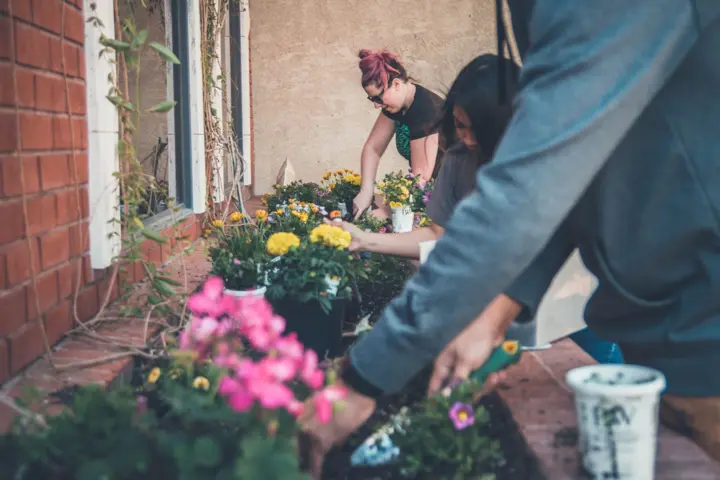
In short, creating your own kitchen garden is full of benefits and rewards. Whether you live in a large house or a small apartment, you can take advantage of the space available to grow vegetables and herbs that you use in your daily kitchen. Don't wait for more, start creating your own kitchen garden today and enjoy its health, economic and environmental benefits.








